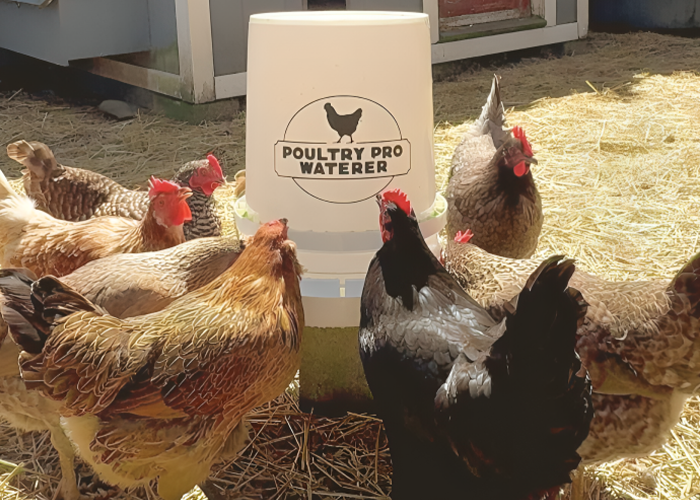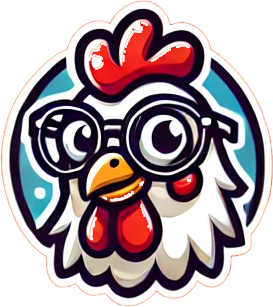
There’s something really satisfying about watching a happy flock peck, scratch, and waddle around the yard. As folks who live the homesteading life ourselves, we know how much care goes into raising healthy chickens. Feed gets a lot of attention (and rightly so), but let’s not overlook the other half of the equation—clean, fresh water.
Bad water can ruin your efforts quicker than a raccoon in the feed bin. That’s why we’re talking straight today about why water quality is critical in your poultry watering system—and how to get it right from the start.
Water keeps everything alive, but chickens are especially picky about what they sip. Water helps regulate their body temperature, keeps digestion moving, and supports egg production. According to the University of Georgia Extension, a laying hen can drink up to one pint of water per day, depending on weather and diet. Dehydration or contaminated water can lead to fewer eggs, poor growth, and sick birds.
Think of a muddy puddle in summer. That’s what a lot of backyard chickens end up drinking when systems get clogged or neglected. Dirty water often contains:
Even small amounts of contamination can weaken a chicken’s immune system or trigger respiratory infections.
According to a source, water is super important for raising healthy chickens. Clean water helps them grow well and keeps the farm running smoothly. At the same time, poultry farms need to be careful not to pollute the environment with the water they use in meat and egg processing.
Poor water quality can be just as harmful to poultry as poor feed. Harmful microbes grow faster in warm, stagnant water. That’s why it’s critical to keep water sources moving and clean—especially in summer when bacteria multiply like crazy.
We learned this the hard way years ago when our flock got a nasty bug from standing water. Since then, we follow a routine that’s kept our birds happy and our eggs rolling in.
| Task | Frequency | Why It Matters |
| Rinse waterers | Daily | Removes droppings and debris |
| Scrub with vinegar | Weekly | Breaks down algae and biofilm |
| Inspect hoses and valves | Bi-weekly | Prevents blockages and leaks |
| Deep clean and sanitize | Monthly | Kills hidden bacteria and mold |
Stick to a system like this, and your poultry watering setup will keep working like a charm.
There’s a difference between cheap plastic and reliable gear that lasts. We’ve tested watering systems over the years, and what we’ve found is that American-made products generally hold up better. The seals fit tighter, the plastics are food-safe, and the components are easier to replace.
Buying U.S.-made also means supporting local jobs and keeping quality control close to home. When it comes to something as critical as your water supply, that peace of mind is worth a lot.
Every flock has different needs, but here’s a quick comparison to help you decide what fits your setup.
| Type | Pros | Cons |
| Gravity-fed containers | Affordable, simple to use | Can get dirty fast, needs refilling often |
| Nipple waterers | Cleaner, reduces spillage | Chickens need to learn how to use them |
| Cup waterers | Easy access, stays cleaner than open bowls | Needs regular flushing |
| Automatic systems | Less regular maintenance | Higher cost, needs setup |
We’ve found that the Best Chicken Waterers often combine a solid design with ease of cleaning. You don’t want to fight with your watering system every morning before coffee.
Chickens can’t exactly ring a bell and say, “Hey, this water smells funky!” But they do give signs. Watch out for:
If you’re seeing these things, it’s time to act fast.
Here at Riverbend Resources, we’ve built our flock management around reliability. We use a closed poultry watering device with vertical nipples to keep water fresh and uncontaminated. It’s connected to a food-grade tank and filters that keep algae and dirt out. Is it fancy? Not really. But it works, and we trust it every single day.
We prefer doing it right the first time, even if it takes a little longer. That means putting thought into what our birds eat and drink. If you’re looking for lasting solutions, always start with clean water and gear that’s built to last.
We use and offer tools we’d trust on our own land, including the top quality chicken waterers built with real backyard use in mind. Quality, Made in the USA. Just how it should be.

Added to cart